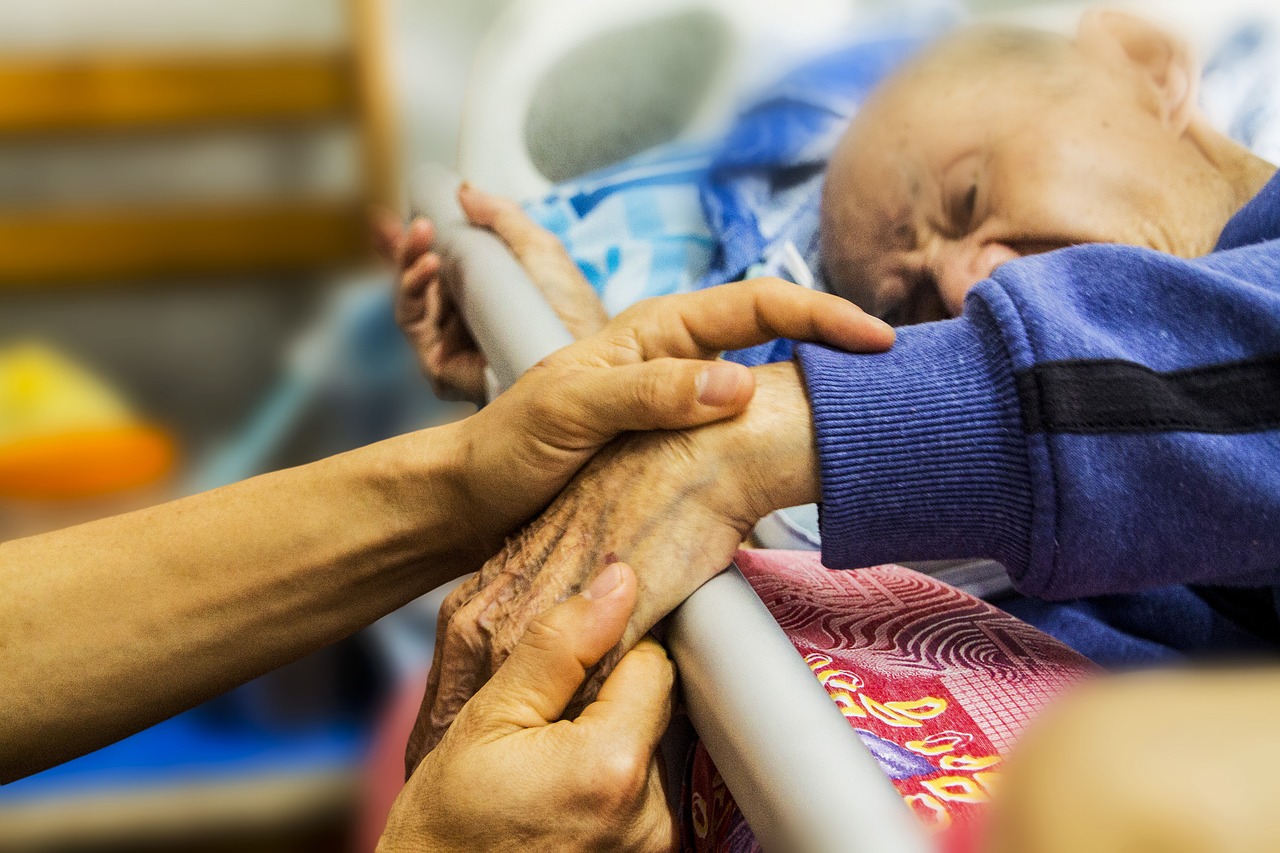Everything Your Hospice Team Needs to Know

Crossroads Hospice & Palliative Care comes to the patient whether they are in a nursing home, assisted living facility, or his or her own home. This allows the patient to remain where they are most comfortable while a team of hospice professionals supports the care being provided by family or facility caregivers.
If you’re caring for someone diagnosed with a terminal illness, you may be the first to see changes in their condition or living situation. Sharing this information with your hospice team helps them make the appropriate interventions to treat symptoms and assist you in providing the very best care to this patient.
Physical Changes
If you notice a physical change in a hospice patient’s condition, you should always share it with the hospice nurse or hospice aide so it can be treated and documented. This includes (but is not limited to):
- Falls
- Complaints or signs of pain such as meaning, groaning when moving or lying down, refusal to turn or move, crying or frowning.
- Skin changes including sores, tears in the skin, bruises, rashes, itching or a change in color (pale, yellow, red)
- Changes in bladder or bowel function
- Changes in eating or drinking habits
- Changes in breathing
- Dressings that have be removed or come off
- Loss of sight or hearing
Mental and Spiritual Changes
Changes in the body can cause changes in the patient’s mental state. Some things to report to your hospice team include:
- Sudden confusion
- Sudden unawareness of surroundings or sudden inability to recognize familiar faces
- Agitation
- Changes to sleeping patterns – either sleeping a lot or being unable to sleep at all
- Suicidal thoughts or depression
- Anger toward God or caregivers
- A sudden refusal to speak and/or have visitors
- Visions of deceased relatives or friends
Situational Changes
Sometimes it’s not the hospice patient’s symptoms that change, but the conditions around them. Your hospice team can help address these situations to maintain the patient’s best quality of life. It is important to share the following with your hospice team:
- Medication is missing or found hidden in a place where they shouldn’t be
- Suspected elder abuse – whether this is physical, emotional, or financial
- Caregiver burnout or an inability to handle the patient’s care
- A planned or unplanned change in the patient’s living situation
- Plans to go to the emergency room
- If the patient wishes to pursue a new treatment or receive a skilled nursing visit
The patient’s care plan is designed to change as their symptoms and condition changes. Keeping your hospice team informed will help ensure your loved one or resident has the best care and quality of life.
Crossroads is available 24 hours a day, 7 days a week, 365 days a year at 1-888-564-3405 if you need to report a change or have questions about hospice care.
If you found this information helpful, please share it with your network and community.
Copyright © 2018 Crossroads Hospice & Palliative Care. All rights reserved.




